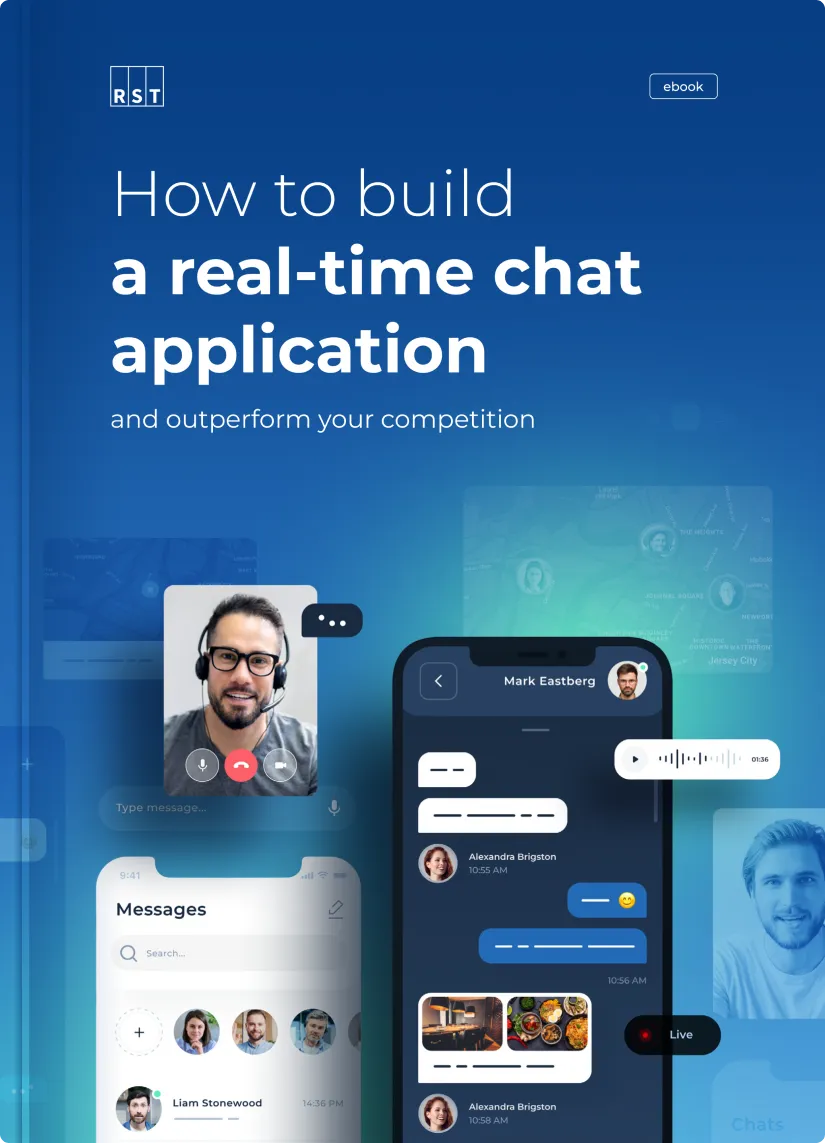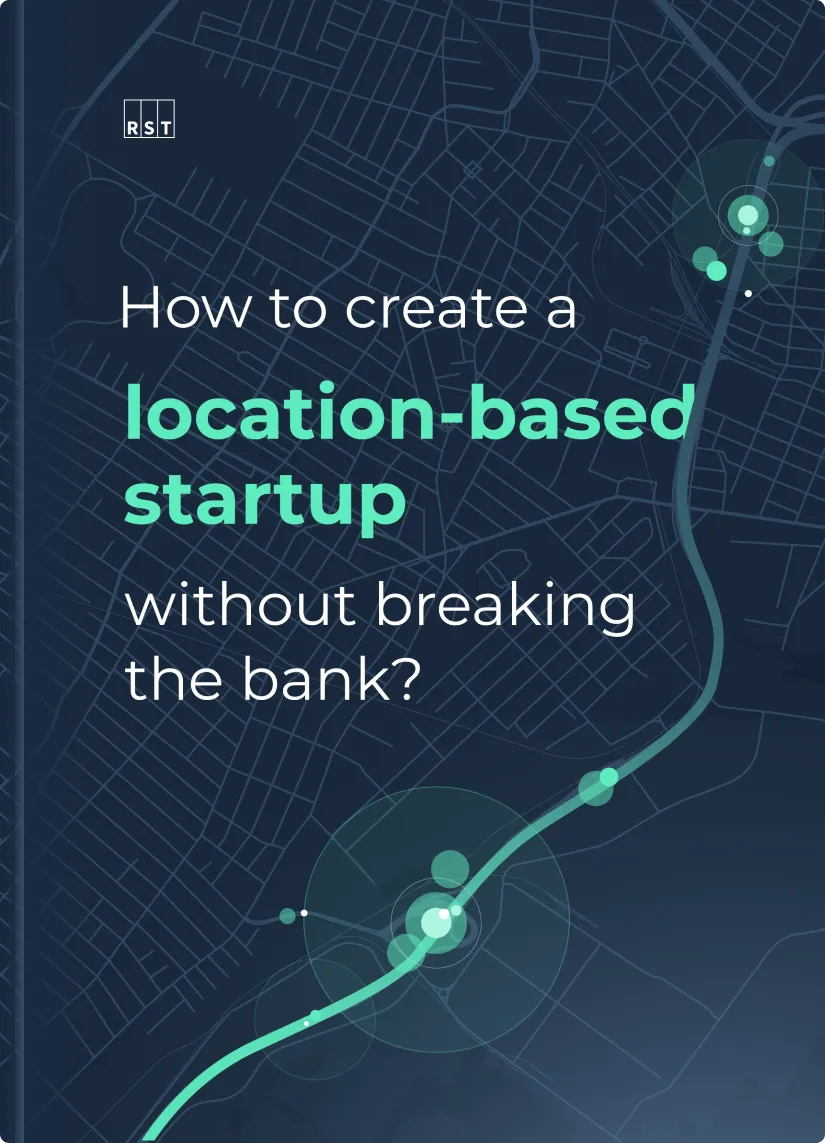Thank you! Your submission has been received!
Oops! Something went wrong while submitting the form.
Access and follow quality content
by our team of writers.
Most recent

Data
What is Snowflake Snowpark and what does it bring to a modern data platform?
Explore Snowflake Snowpark. Discover its features and how it enhances modern data platforms for advanced analytics.
Editor's choice
Latest articles

Data
How to build an actionable data strategy?
Learn to build a comprehensive data strategy. Gain insights on structuring your data for optimal business impact.

Data
Data science explained
Explore data science with RST Software's guide. Discover key concepts, tools, and applications to enhance your projects. Perfect for enthusiasts and professionals.

Data
The role of AI in data science in 2024
Dive into the future of AI in data science for 2024. Uncover trends, innovations, and how they're transforming industries.

Data
Data monetization: turn your data into revenue streams
Unlock the secrets of data monetization. Learn how to transform your data into profitable revenue streams effectively.

Data
Data governance strategy: building a framework for data-driven success
Master data governance with our strategy guide. Build a robust framework for data-driven success in your organization.

CEO Corner
Top Business Intelligence tools - free 2024 comparison
Explore the best free business intelligence tools for 2024. Compare features and functionalities to make informed choices.

CEO Corner
How to pick a data analytics consultancy? Practical tips
Unlock practical tips for selecting the right data analytics consultancy. Make informed decisions to drive data-driven success.
.png)
CEO Corner
The data stack you’ll need to build a versatile modern data platform in 2024
Discover the essential components of the modern data stack for building a robust data platform in 2024. Stay ahead in data management.

Process Automation
Camunda 7 vs Camunda 8 - key differences and considerations before migration
Explore the differences between Camunda 7 and Camunda 8. Understand key considerations for a smooth migration process.

CEO Corner
Business Intelligence vs Business Analytics: the differences you need to know
Demystify the distinctions between Business Intelligence and Business Analytics. Understand their unique roles and applications.

Project Management
Agile health metrics: how to know when your project is doomed?
Learn how Agile health metrics can signal project risks and identify potential pitfalls. Ensure project success with proactive insights.

CEO Corner
Snowflake data platform: what is it, how much does it cost and how to get started?
Explore the Snowflake Data Platform: its features, pricing, and steps to get started. Unlock the power of modern data warehousing.







